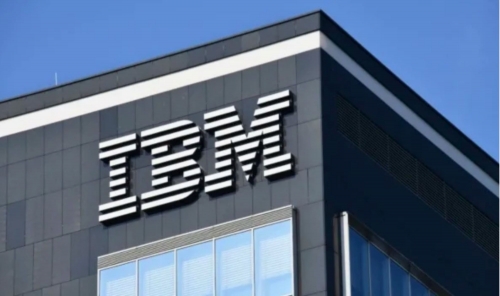Our Terms & Conditions | Our Privacy Policy
IBM Slashes 8,000 Jobs While Quietly Expanding AI Workforce | THE DAILY TRIBUNE
TDT | Manama
Email : editor@newsofbahrain.com
Tech giant IBM has laid off approximately 8,000 employees—mostly from its human resources departments—as part of a sweeping internal overhaul. But even as pink slips were issued, the company quietly increased its global headcount, signaling a shift from traditional roles to AI-driven functions.
This restructuring effort is not just about cost-cutting. At its core, it represents a redefinition of the modern workforce, driven by artificial intelligence and evolving workplace dynamics.
IBM’s total headcount now exceeds 270,000 employees worldwide, even after the recent layoffs. Much of this growth is thanks to a pivot toward roles in software development, AI engineering, sales, and strategic marketing, areas where human creativity and insight remain irreplaceable.
AskHR: The AI Engine Behind the Shift
Central to IBM’s transformation is AskHR, the company’s in-house AI platform that now handles 94% of HR-related interactions, including payroll queries, leave applications, and document management. In 2024 alone, AskHR processed 11.5 million engagements, delivering an estimated $3.5 billion in productivity gains across over 70 job categories.
While that level of automation drastically reduces the need for HR staff, it also highlights the future of administrative work: leaner, faster, and increasingly digital.
Still, AskHR isn’t perfect. About 6% of employee queries still require human resolution—mostly in complex or sensitive situations—underscoring the enduring value of human judgment.
CEO Arvind Krishna’s “Ready to Be Fired” Mindset
At the heart of this cultural evolution is CEO Arvind Krishna, who introduced a bold mindset across IBM: “Live every day ready to be fired.” The mantra, he argues, encourages risk-taking and innovative thinking within an organization known historically for corporate conservatism.
That approach seems to be paying off. Krishna told The Wall Street Journal that AI has not only boosted internal productivity but allowed the company to reinvest in uniquely human roles, rather than eliminate jobs wholesale.
Shifting Focus to India, Investing in the Future
IBM’s transformation is also global. The company continues to deepen its operations in India, capitalizing on the region’s tech talent and cost efficiencies. This has contributed to a decline in U.S.-based roles, even as global hiring remains strong.
IBM is also betting big on future technologies. In addition to AI investments like WatsonX, which allows businesses to build their own AI tools, the company has launched the z17 mainframe—a powerful server designed to run AI workloads on-premise, giving clients more control over sensitive data.
This hybrid model of cloud and in-house computing reflects IBM’s unique position in a market dominated by cloud-first rivals like AWS, Microsoft, and Google.
Redesigning the Workforce, Not Replacing It
IBM’s latest move highlights an emerging industry trend: automation is eliminating routine jobs while creating new demand for roles centered on human intuition, strategic thinking, and complex problem-solving.
The challenge for IBM—and for corporations everywhere—is to reskill affected workers, communicate transparently, and embrace change with empathy.
As the lines blur between human and machine tasks, IBM’s evolving workforce strategy may become a template for tech companies navigating the age of intelligent automation.
Images are for reference only.Images and contents gathered automatic from google or 3rd party sources.All rights on the images and contents are with their legal original owners.



Comments are closed.